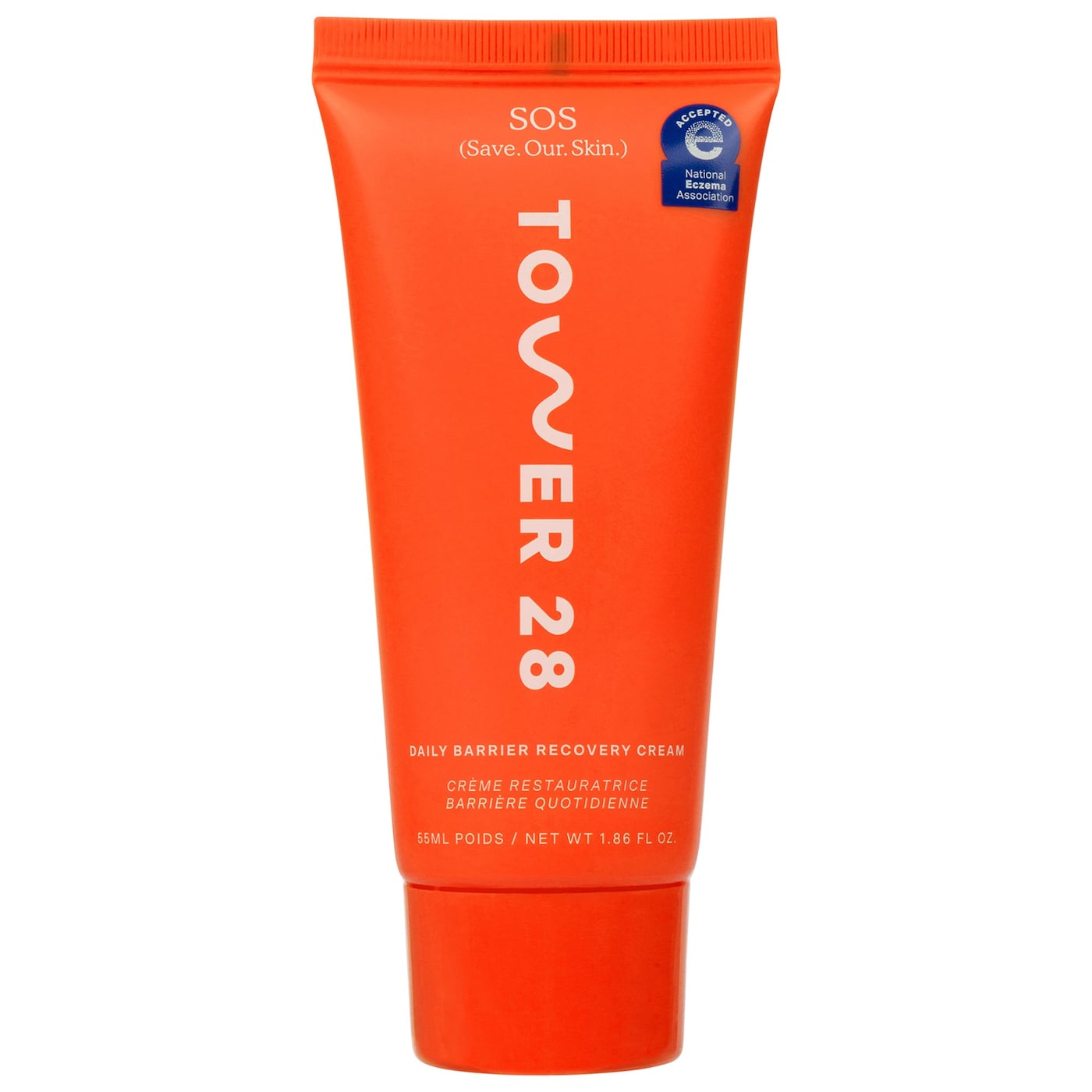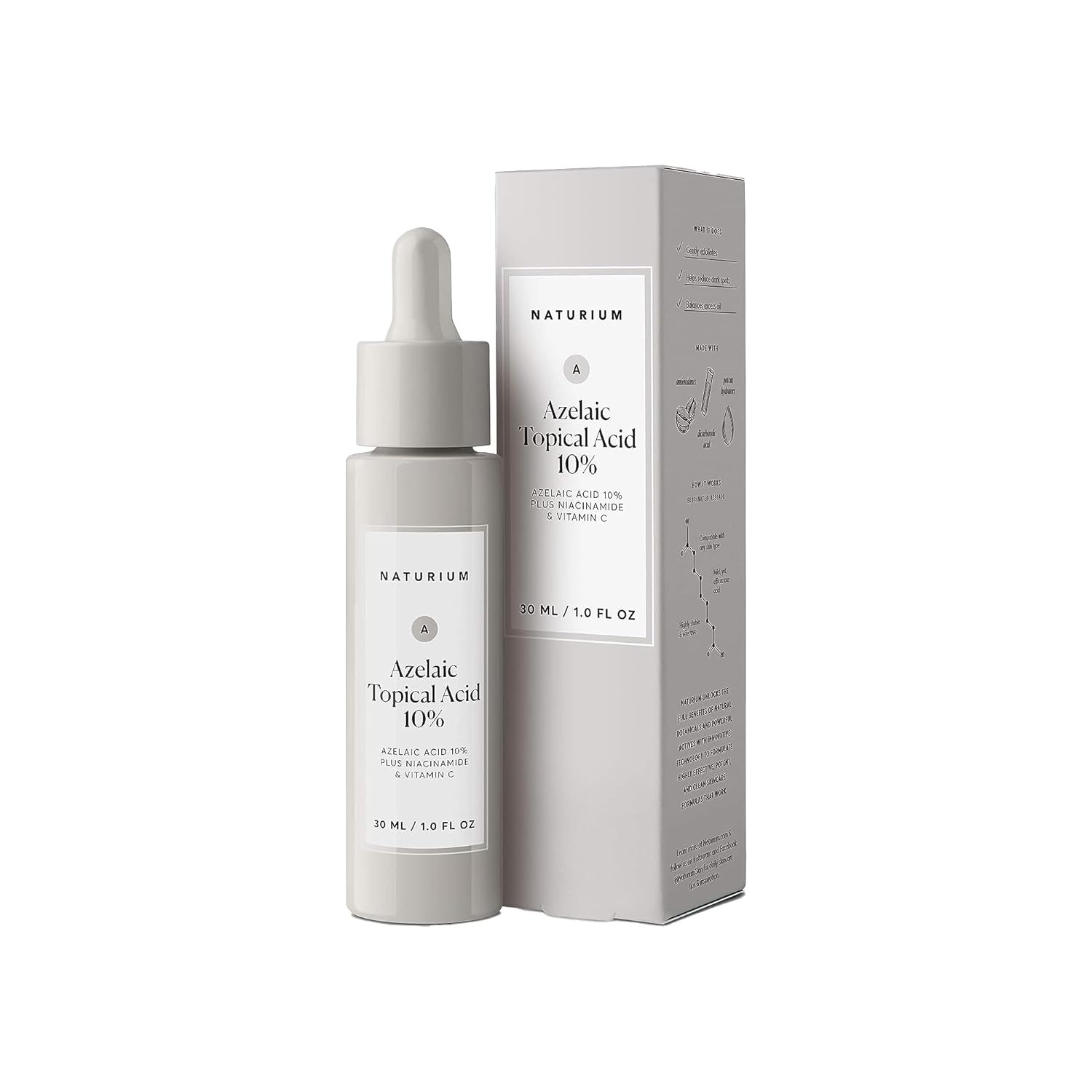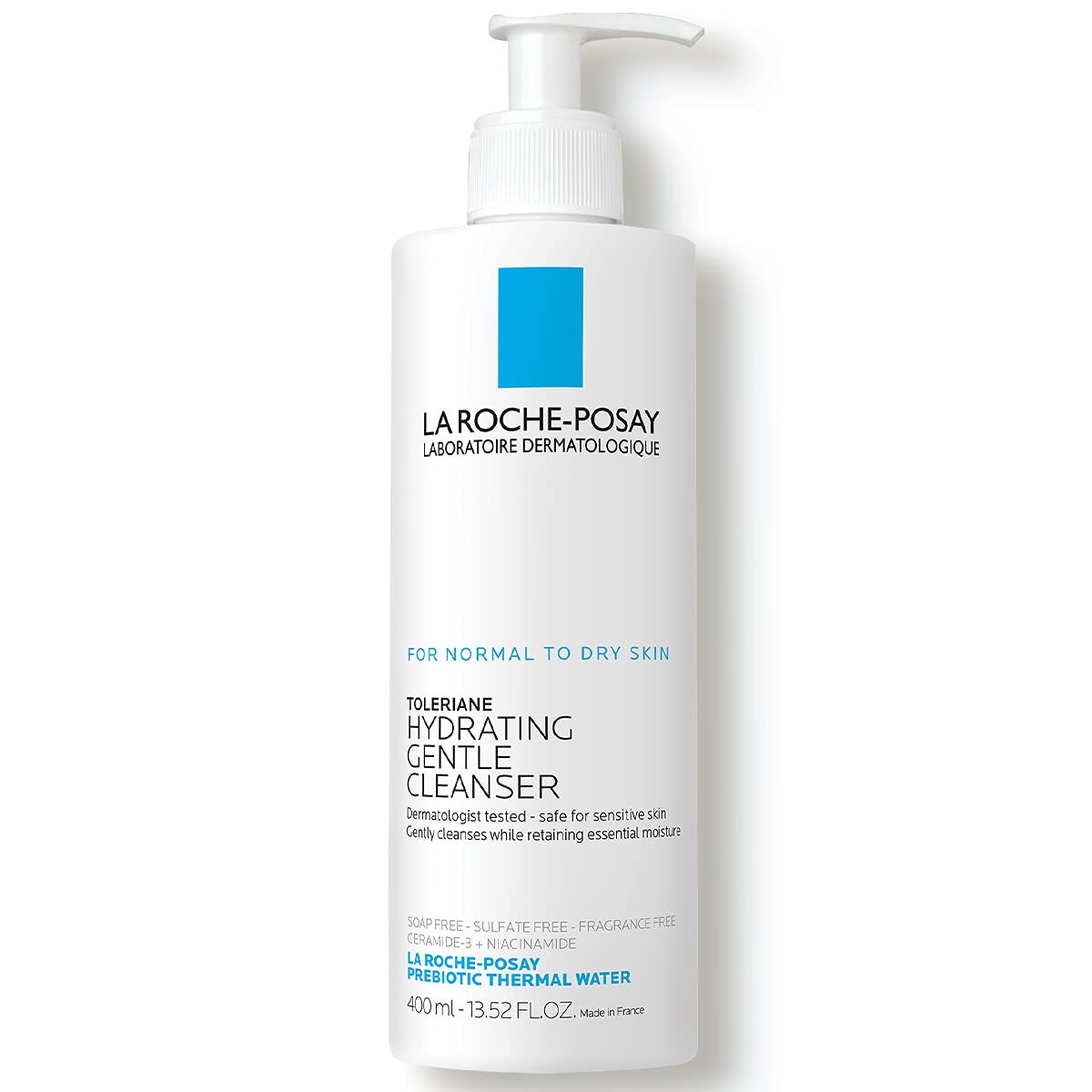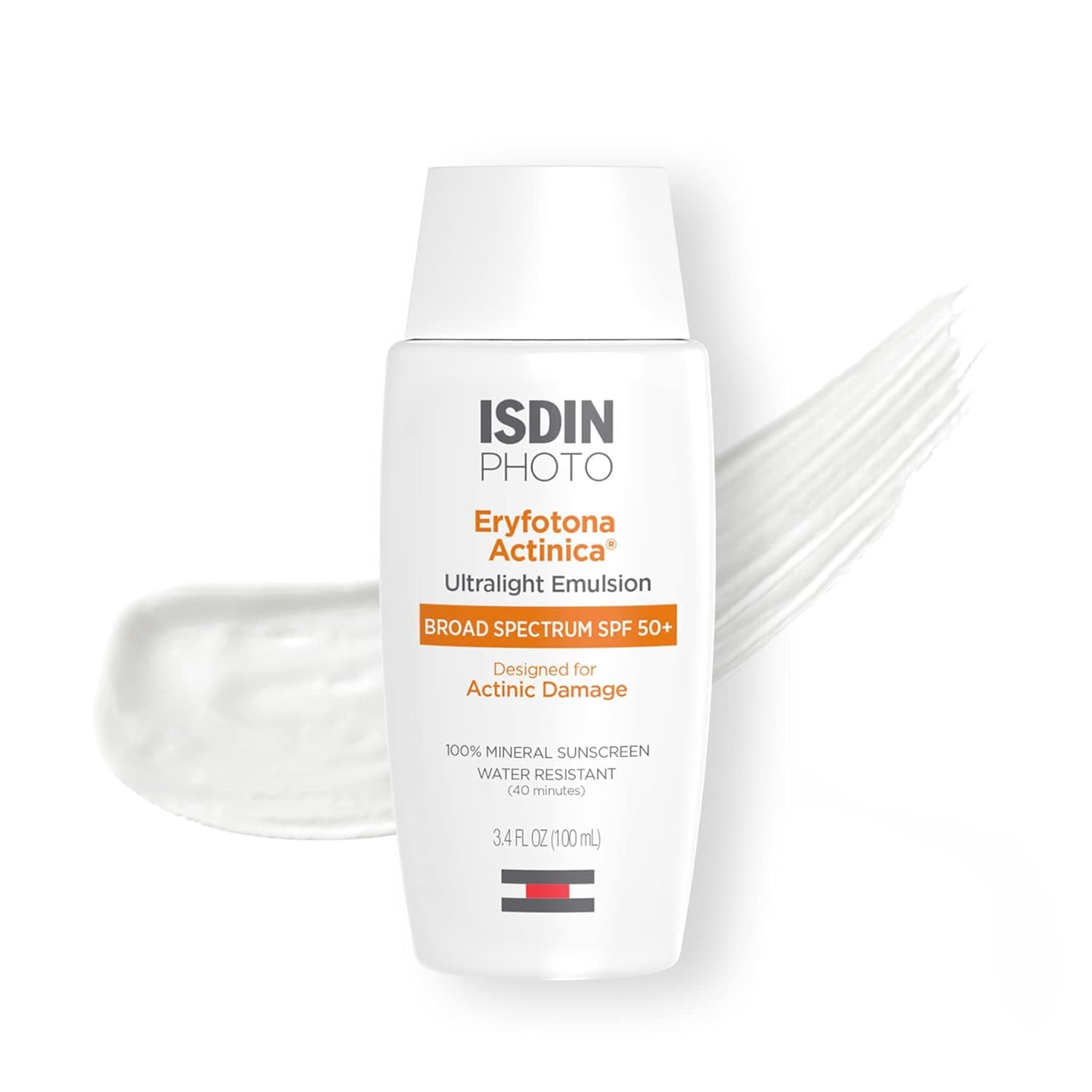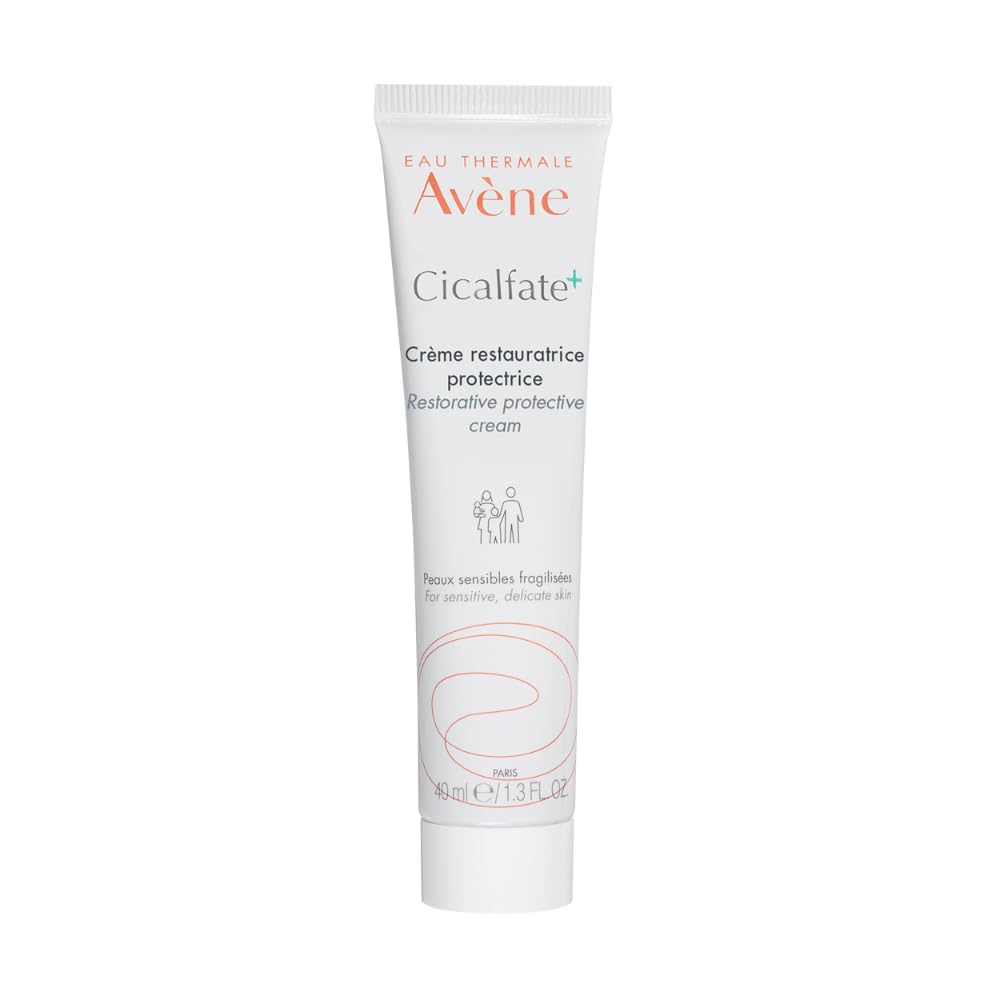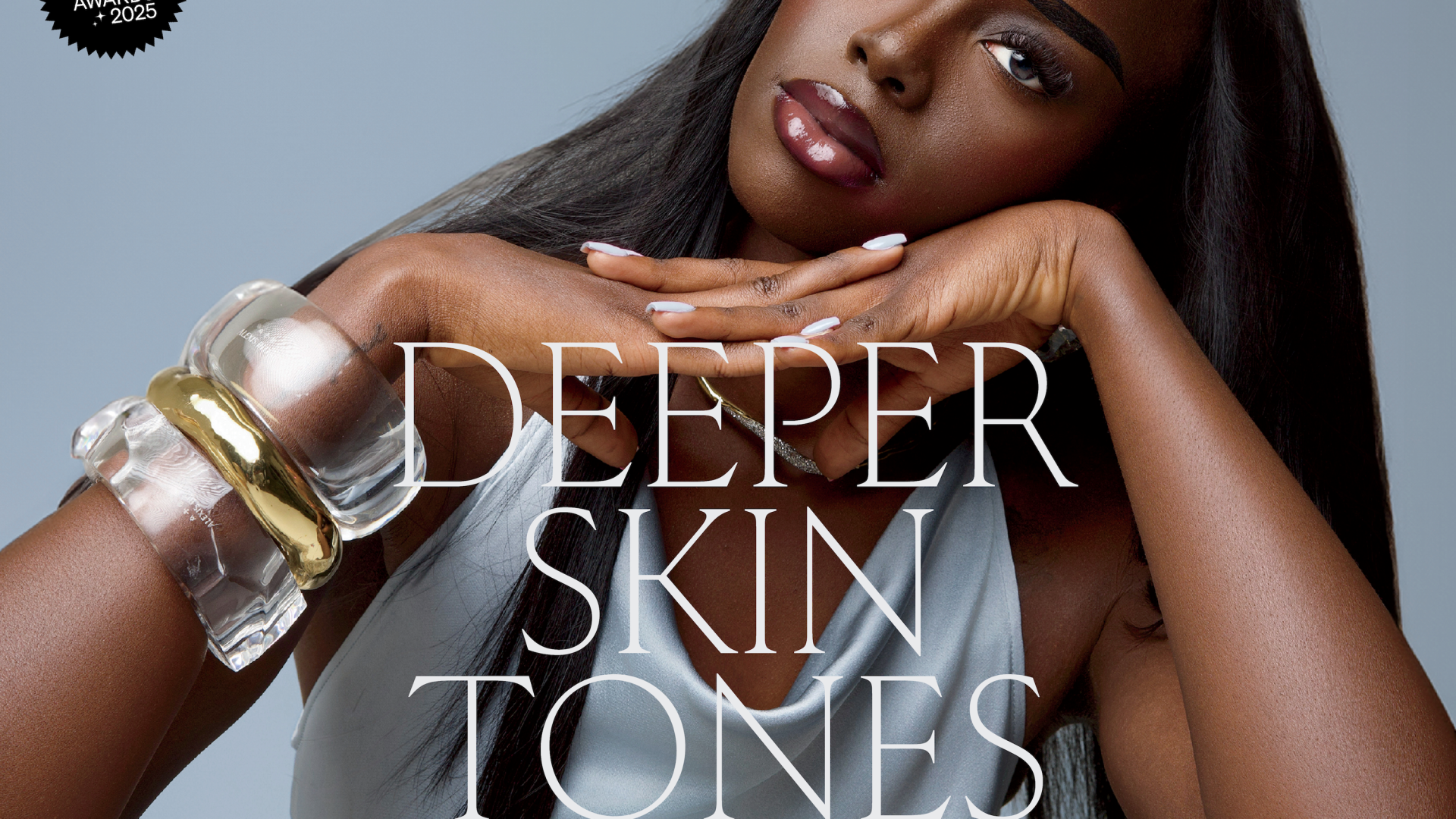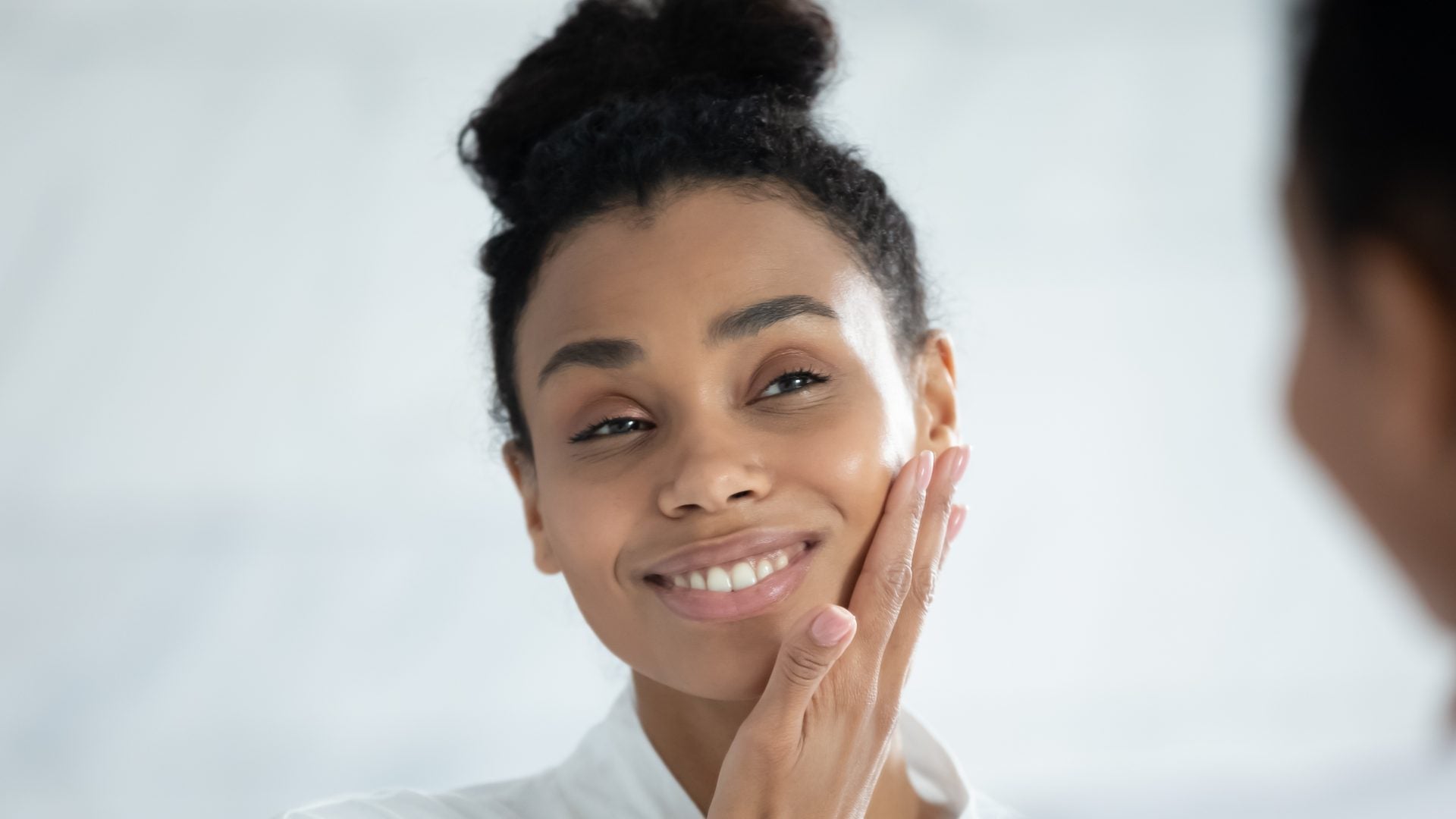
If you’re newly experiencing any redness, rashes, bumps, or inflammation, chances are you may have rosacea. Furthermore, it is often undetected or misdiagnosed on deeper skin tones. That said, you may want to take a trip to the dermatologist and speak with them if you are noticing any unusual changes.
According to Cleveland Clinic, there are over 14 million people in the world who experience rosacea. Dr. Corey L. Hartman, Founder of Skin Wellness Dermatology, in Birmingham, tells ESSENCE the 411 about rosacea and how you can treat the skin condition below.
What is rosacea?
“Rosacea is a chronic skin condition that appears as redness, rashes or bumps on the skin,” Dr. Hartman tells ESSENCE. Rosacea can occur anywhere on the body, but is most common on the face. It also appears as a reddish to brown rash on darker skin tones. Some patients may not have a rash, but feel hot or flushed in their face. The condition can also show up as dry skin, swollen skin or acne breakouts that won’t clear up with treatment.
What causes rosacea?
According to Dr. Hartman, rosacea can be genetic. It’s an inflammatory skin condition that can be triggered by an immune response in the body such as sun exposure, stress, or extreme temperatures. “Some patients with rosacea also find that when they eat or drink certain foods, like spicy foods or alcohol, they see rosacea flare ups.”
How can you treat rosacea?
There is no cure for rosacea, but keeping up with a skin care regimen can help keep the symptoms at bay. Dr. Hartman suggests patients to always wear sun protection and log in a journal when you have rosacea flare-ups to track any patterns. Additionally, “look for moisturizing ingredients like hyaluronic acid, ceramides and glycerin and avoid physical scrubs and chemical exfoliants,” he says. While you might notice flare-ups after a vigorous workout or after eating spicy foods, using gentle skincare products can help manage and treat rosacea symptoms.
Which products should I use?
